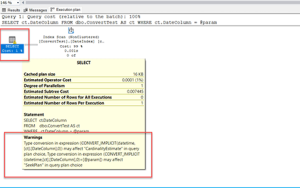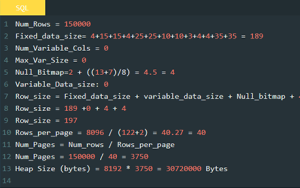/*
Disclaimer: I am not sure for the origin of this script/query.
This query is used in our team to identify and resolve high CPU issue
*/
--define the temptables that will hold intermediary results
IF OBJECT_ID('tempdb..#dbcc') IS NOT NULL
DROP TABLE #dbcc
create table #dbcc(c1 varchar(15), c2 int, c3 varchar(255),spid int default 0)
IF OBJECT_ID('tempdb..#cpugroups') IS NOT NULL
DROP TABLE #cpugroups
create table #cpugroups (sql_handle binary(20), sql_text nvarchar(50),total_cpu bigint,total_io bigint,total_sessions int, total_threads int)
--take the SPID groups that are running same code (NOT statement)
insert into #cpugroups
select top 10 sql_handle,substring((select text from fn_get_sql(sql_handle)),1,50), SUM(CPU) TotalCPUForGroup, SUM(physical_io) TotalIOForGroup, COUNT(distinct spid) TotalNoOfSessions,COUNT(*) TotalNoOfThreads
from master..sysprocesses (nolock)
where spid>50 and status<>'sleeping'
and sql_handle<>0x0 and spid<>@@spid
group by sql_handle
order by TotalCPUForGroup desc
declare @sql nvarchar(max)
declare @t table (spid int)
INSERT INTO @t
SELECT DISTINCT spid FROM master..sysprocesses WHERE spid>50 and sql_handle in (select sql_handle from #cpugroups)
declare @spid int
WHILE EXISTS(select * from @t)
BEGIN
select top 1 @spid=spid from @t
set @sql='dbcc inputbuffer('+LTRIM(STR(@spid))+')'
--try to retrieve the original command for all SPIDs
BEGIN TRY
INSERT INTO #dbcc(c1, c2, c3)
EXEC (@sql)
update #dbcc
set spid=@spid
where spid=0
END TRY
BEGIN CATCH
END CATCH
delete from @t where spid=@spid
END
select * from #cpugroups
select c3 [sql_text], count(*) NoOfSessionsRunning from #dbcc group by c3 order by 2 desc
select * from #dbcc
DBCC FREEPROCCACHE (plan_handle_id_goes_here)





